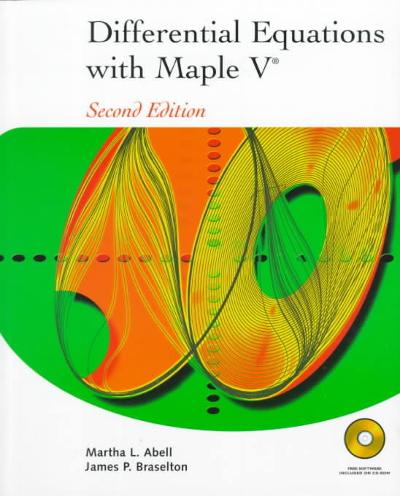Answered step by step
Verified Expert Solution
Question
1 Approved Answer
10. For this problem, we let R+ denote the set of non-negative real numbers. Let f: R be defined by (that's a square root


10. For this problem, we let R+ denote the set of non-negative real numbers. Let f: R be defined by (that's a square root sign). Let g: R be defined by g(v)= IVI Let h: R+R+ be defined by Does f=g? Explain a. Give the cardinality of the set {f, g}. b. Does h=g? c Give an equation (mathematical expression) for I-rl (h-inverse). Make your equation as d. simple as possible. What is the domain of h-inverse? What is the range? Note: it could help to stan by graphing h and paying close attention to the domain.
Step by Step Solution
There are 3 Steps involved in it
Step: 1

Get Instant Access to Expert-Tailored Solutions
See step-by-step solutions with expert insights and AI powered tools for academic success
Step: 2

Step: 3

Ace Your Homework with AI
Get the answers you need in no time with our AI-driven, step-by-step assistance
Get Started


